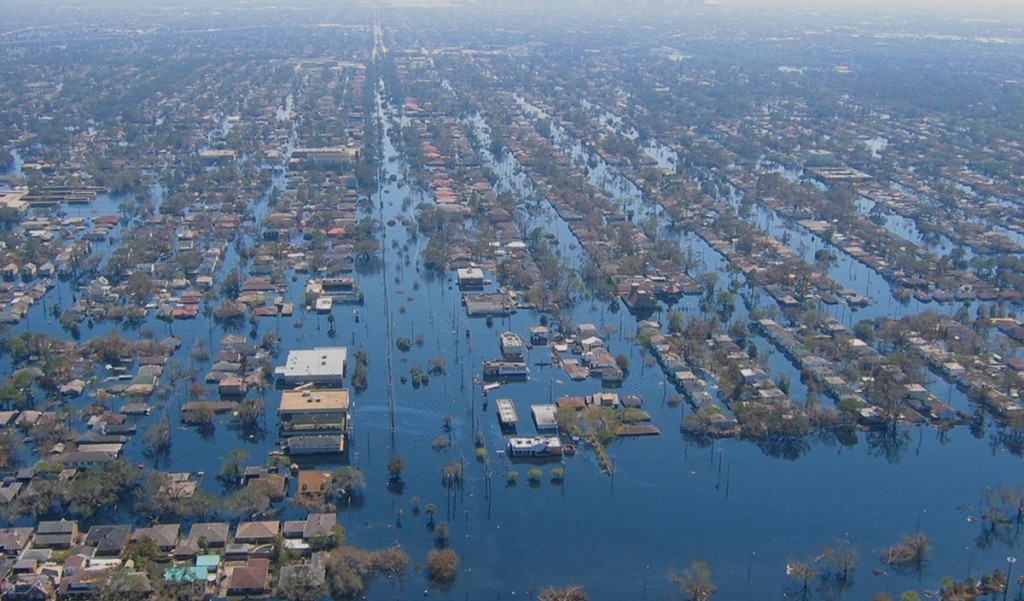Science Seen Physicist and Time One author Colin Gillespie helps you understand your world.
How high will sea levels rise? The answers are worth understanding if we care about our children’s world.
Seas are rising. It is no longer a question of whether this will be a problem. It is a matter of: How high and how fast? Recent science has both uncertainty and answers. Together they explain why geopolitics may soon become a much more common word.
Science studies evidence of two kinds of steady sea-level increase driven by climate change. One: with some time lag, as the Earth gets warmer so do its oceans; the water column expands and rises like liquid in a thermometer but ocean water-columns are kilometers long. The other: more visibly and easier to understand, glaciers are melting.
A recent perspective in the leading journal Science by two American geoscientists critiques international studies of the sea-level rise that’s due to warming water and melting glaciers. Their analysis says this increase should not exceed two meters by 2100. Another paper in Nature Climate Change says if major cities are not protected flood losses may exceed $1 trillion per year by 2050.
Maybe it is feasible to protect some major cities from a two-meter increase. Other cities like Miami may be out of luck. Low-lying coral islands like Kiribati could fare better. There’s a reason why those islands all lie just above high tide: Ocean action built them. Left alone and given time the rising ocean may give them a lift.
Before deciding how to invest (or lose) trillions of dollars it would be useful to get a better handle on the problem we are setting out to solve.
And here’s the catch: A third kind of increase due to the collapsing West Antarctic Ice Sheet (WAIS) is underway. It will add more than two meters. Nobody knows when. The Science authors note there have been recent ‘spectacular episodes of change, such as the collapse of most of the Antarctic Peninsula’s floating Larsen B ice shelf…. The main reason for the difficulties in predicting sea level change is a limited understanding of ice flow.’ WAIS collapse no longer hinges on ongoing climate change. Simply put, the last great ice sheet left on Earth is now unstable. It is not just melting; it is on its way to falling in the drink.
The Science perspective proceeds within the steady-sea-level-increase paradigm in which each thousand cubic miles of increased ocean volume adds three-tenths of an inch to sea levels on all shores. That the authors mention WAIS collapse at all is unusual. That they don’t mention effects of general relativity and crustal shape and Coriolis forces is par for the course. These effects yield uneven sea-level rise from the half-million cubic miles of WAIS that’s mostly falling in; WAIS is so massive its loss changes the shape of the Earth’s surface and its gravitational field. Bottom line: North American shores will be hit hardest, with sea-levels rising by about four meters on top of those two meters from warming water and melting glaciers. Washington may need to plan for at least twenty feet. That is, if Congress thinks that city is worth saving.
Though the crowded low-lying deltas of the Ganges/Brahmaputra, Nile, Po, Irrawaddy, Yangtze, Mississippi and Indus Rivers will see smaller total sea-level increases, plainly they can’t be saved. They and other populated shorelines will be the source of millions of water refugees in our lifetimes.
War already has geopolitics and its economic consequences on the move. Even if climate change were to stop tomorrow, water is about to change the world far more than war ever did.
Image credit: NOAA, http://nca2014.globalchange.gov/report/regions/southeast


No comments yet.